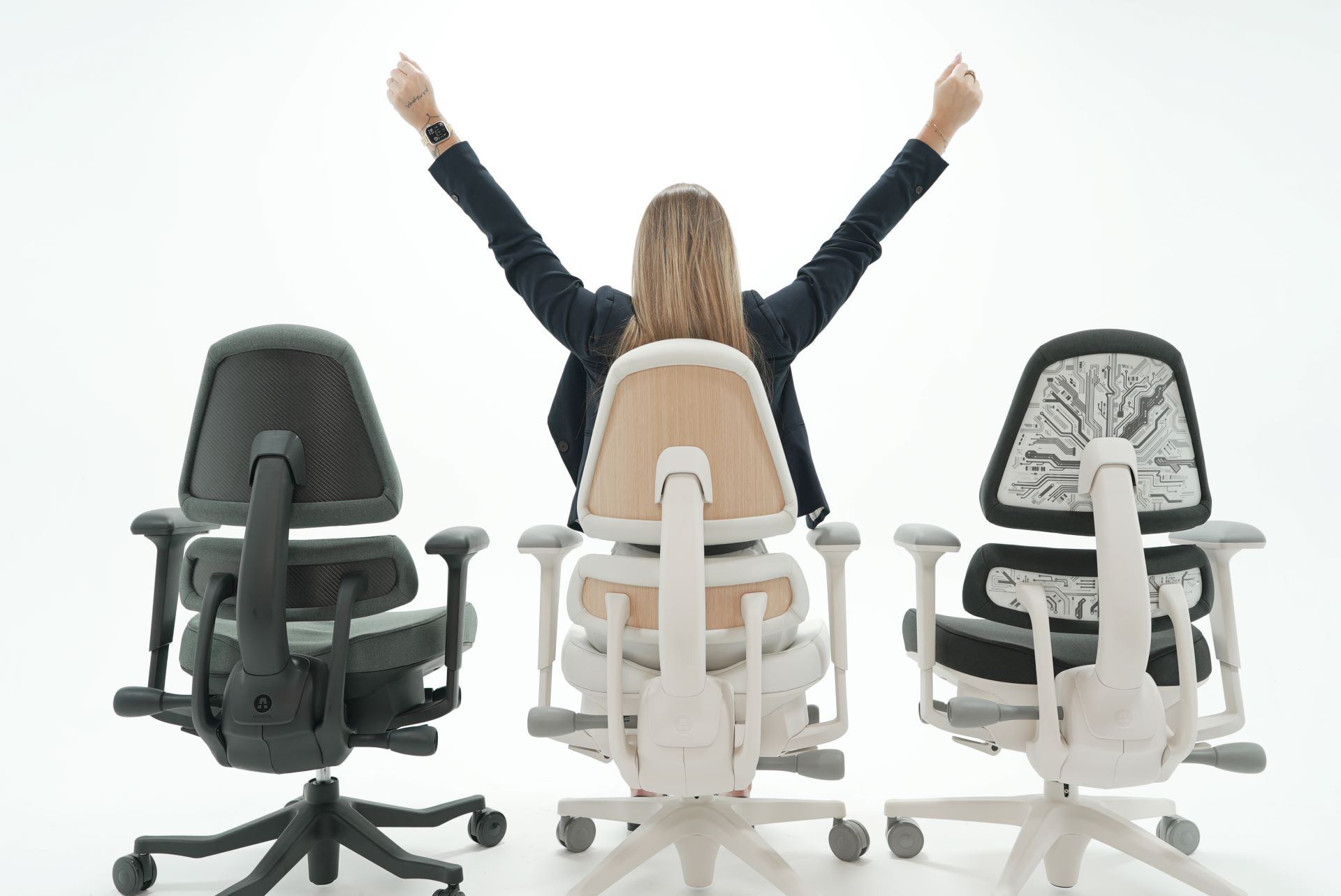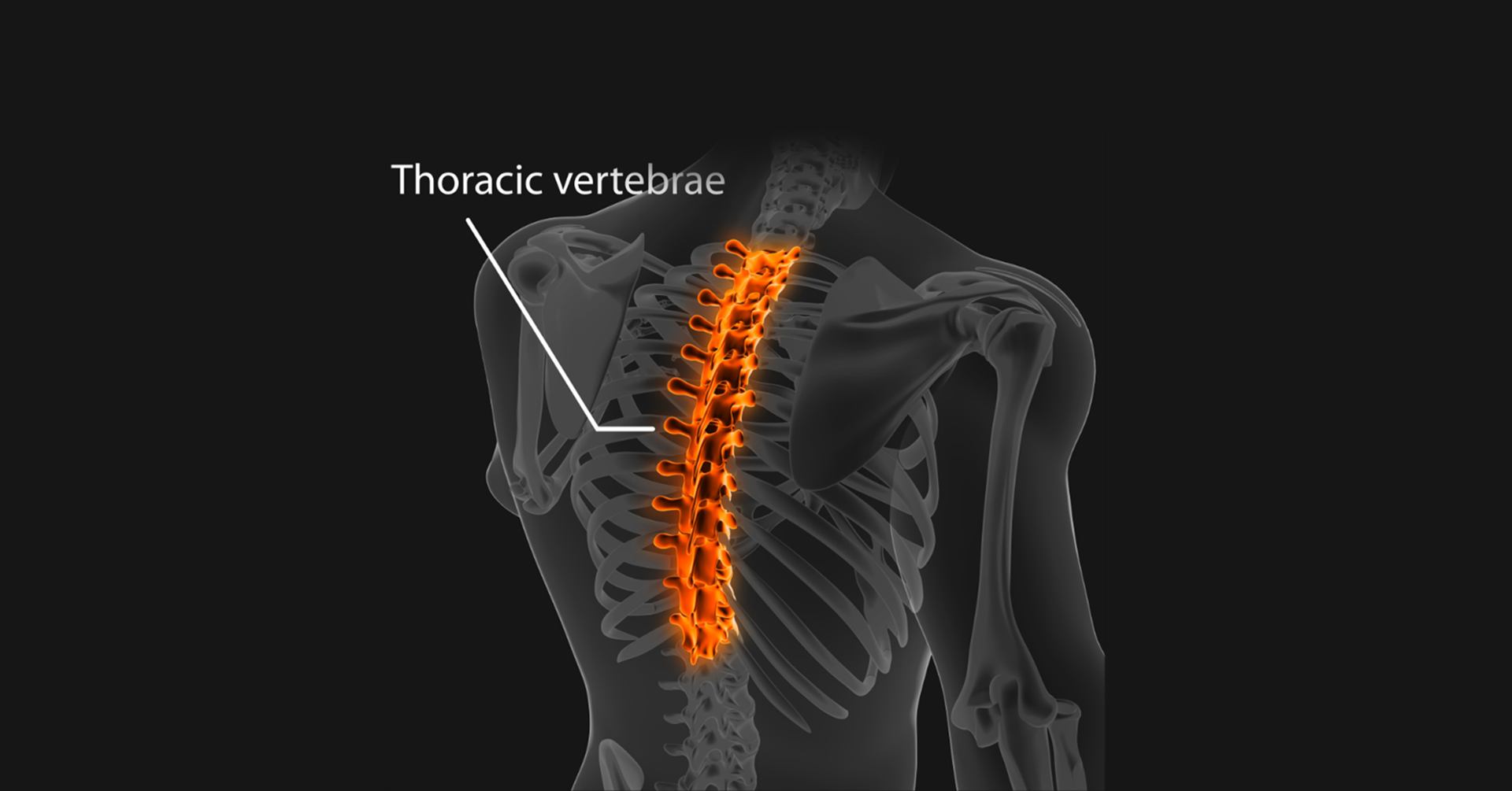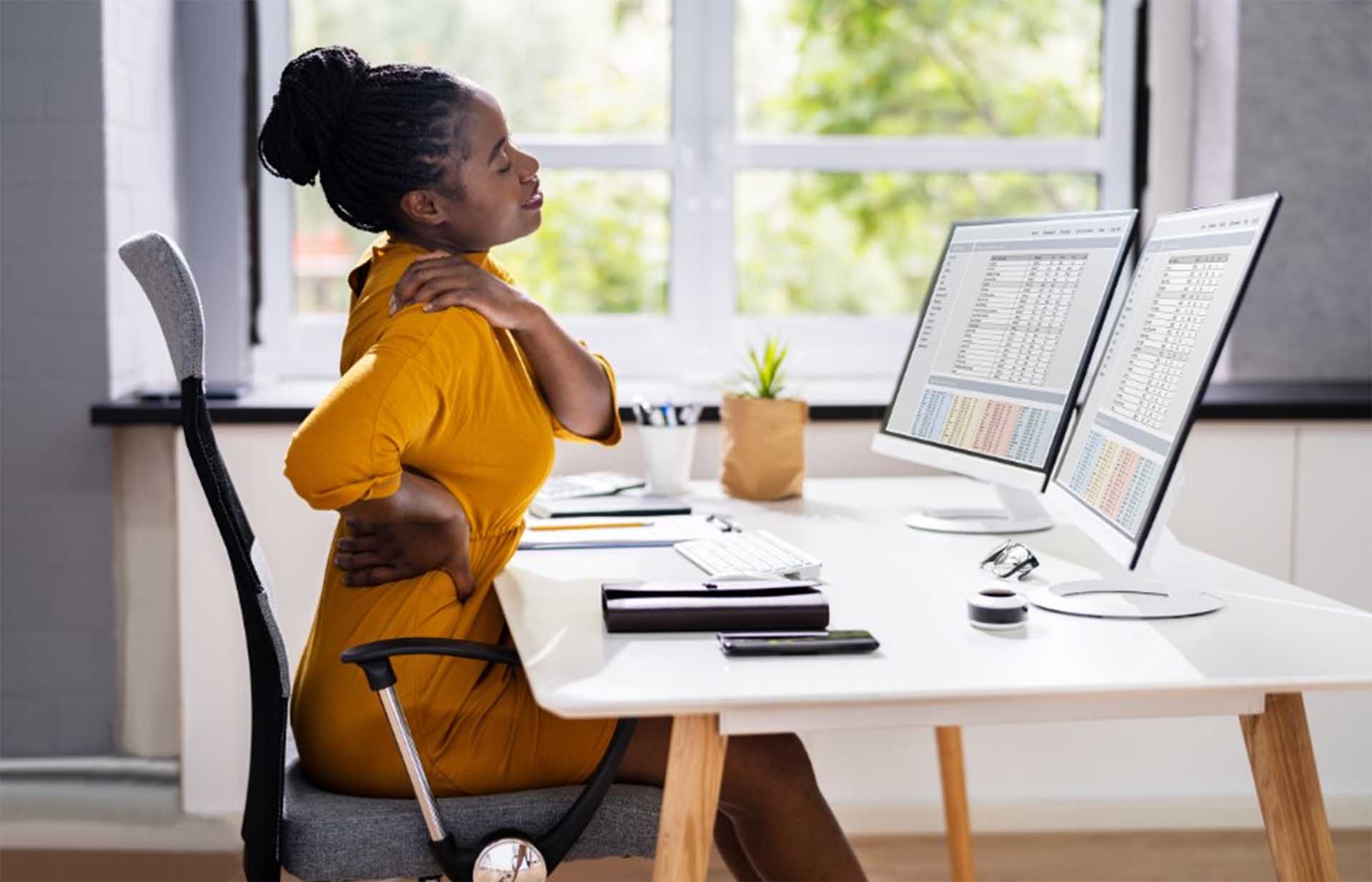Spondylolisthesis, commonly referred to as a “slipped disc”, occurs when a vertebra slides forwards over the one below it, often resulting in lower back pain and reduced mobility. While medical intervention and therapy may be needed in severe cases, there are several natural approaches you can incorporate into your daily routine to help alleviate symptoms and improve your overall well-being. In this blog, we will point out some holistic methods that may help in the management of spondylolisthesis.*
Exercise and Movement: Regular exercise and physical therapy can play a crucial role in strengthening the muscles that support the spine, thus reducing pain and improving stability. Specific exercises that target the core muscles and promote flexibility, such as yoga and stretching routines, can help alleviate discomfort associated with spondylolisthesis. And becoming aware of how we move throughout the day is equally important. Instead of bending and flexing the spine, practice hinging at the hips and keeping the back straight when hinging.
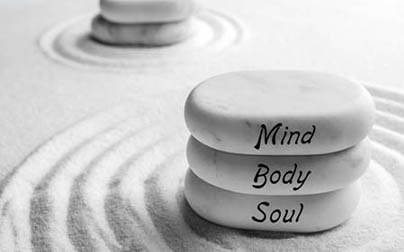
Maintain a Healthy Weight: There is no such thing as an ideal weight to prevent spondylolisthesis but excess weight can put additional strain on the spine. This can either lead to or exacerbate the pain of spondylolisthesis. Achieving and maintaining a healthy weight through a balanced diet and regular exercise can relieve pressure on the affected area, reducing pain and improving overall spinal health.
Mind-Body Connection: Stress and tension impact so much in the human body and can worsen the symptoms of spondylolisthesis. All of the tensing of muscles and the impact on the nervous system can impact the healing of spondylolisthesis. Try incorporating mind-body techniques such as meditation, prayer, deep breathing exercises, and mindfulness and see if this helps you manage stress levels and promote relaxation. These practices can also enhance your body's natural healing process.
Good Posture: Awareness of posture is important for all of us, but it becomes essential for individuals with spondylolisthesis. This includes considering the chair you sit in every day and evaluating whether it actually supports the body. Sitting and standing posture can help minimize strain on the spine and improve overall spinal alignment. Be mindful of your posture while sitting, standing, and lifting heavy objects, and consider using a pelvis support when seated to maintain an upright posture.
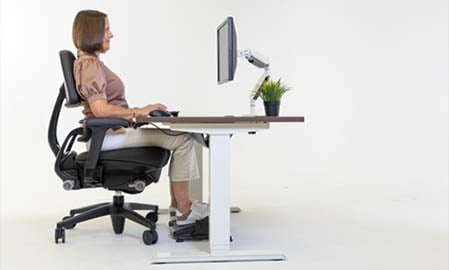
Hot and Cold Therapy: Hot and cold therapy can provide temporary relief for spondylolisthesis symptoms. Applying a heating pad or warm compress to the affected area can help relax muscles and alleviate pain, while cold packs can help reduce inflammation and swelling. Alternate between the two methods to find what works best for you.
While spondylolisthesis can be debilitating and difficult to manage, integrating natural approaches into your daily routine can provide significant relief and improve your quality of life. By adopting a holistic approach to healing, you can take charge of your well-being and find relief from the discomfort caused by spondylolisthesis.
If you are looking to improve posture and decrease pain while sitting, look no further than Anthros. Anthros is the only chair in the world that is guaranteed to improve posture or your money back. The science-backed, patented design is registered with the FDA as a posture-improving chair and is proven to have the lowest pressure (most comfortable) cushion on the planet (verified by university testing).
Take the next step to reducing pain, increasing comfort, and maximizing performance!
Low Back Spondylolisthesis*Disclaimer:
These methods are meant to complement medical treatment and therapy, not replace them. It's important to consult with your healthcare provider before incorporating any new practices into your routine.
References:
1. Sinaki, M., Lutness, M. P., Ilstrup, D. M., Chu, C.-P., & Gramse, R. R. (1989). Lumbar spondylolisthesis: Retrospective comparison and three-year follow-up of two conservative treatment programs. Archives of Physical Medicine and Rehabilitation, 70(8), 594–598. https://doi.org/10.5555/uri:pii:0003999389900853
Recent Post

Anthros Decompress Mode: A New Way to Sit, Move, and Recover
December 23, 2025Adding a cushion to your office or gaming chair...
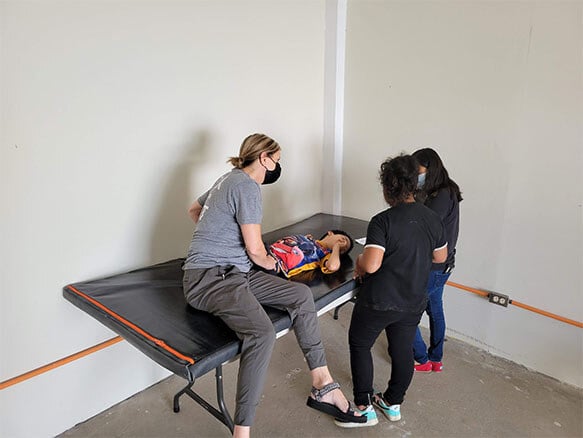
Four Lessons About Seating Everyone Can Learn from Wheelchair Users
September 18, 2025Working with wheelchair users has been an...
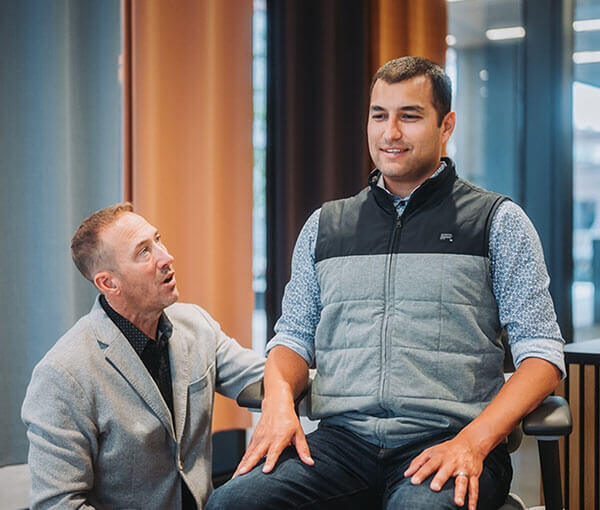
People Over Profits: Why Anthros Puts Comfort and Care First
September 17, 2025At Anthros, our mission is simple: to put people...





